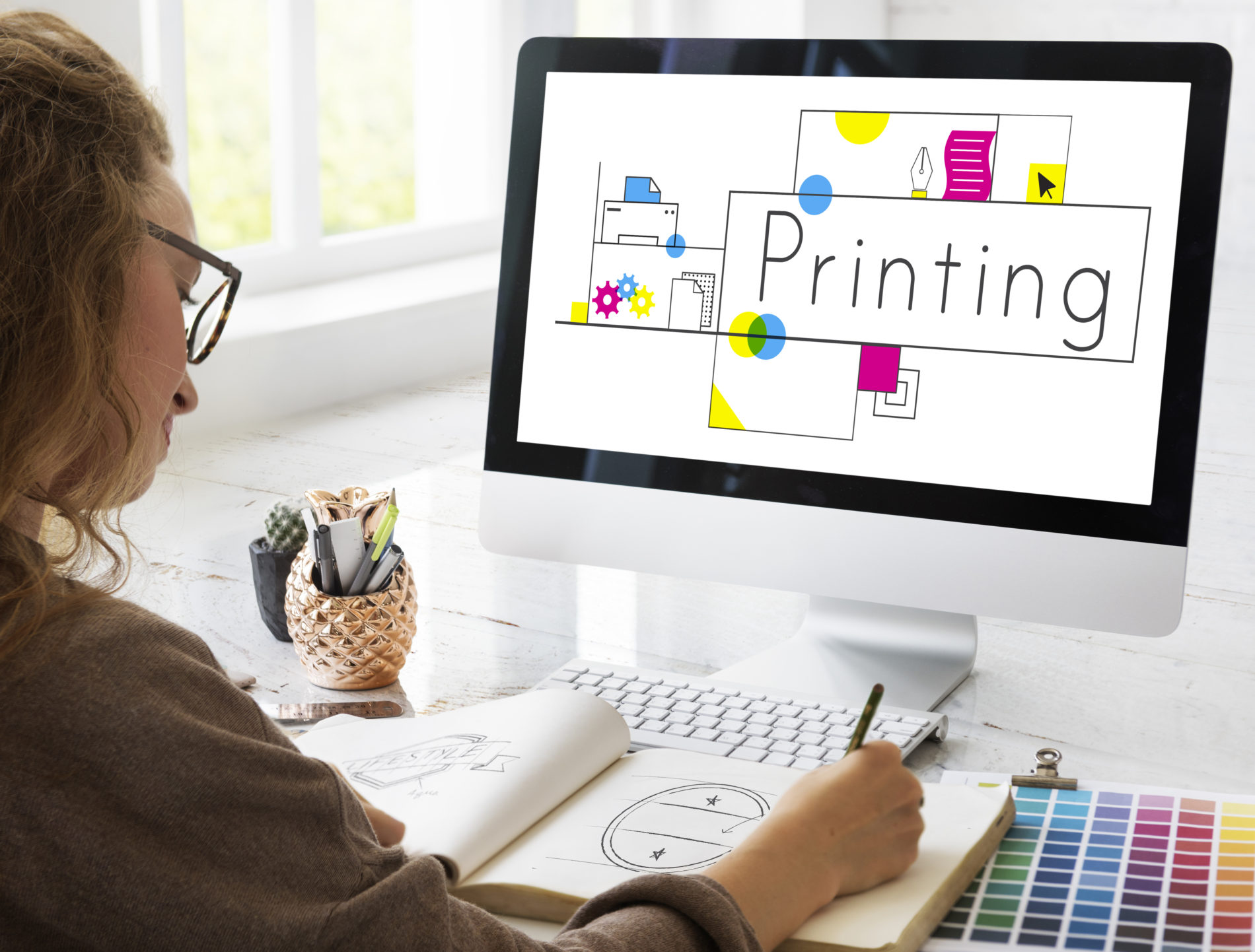You’ve got artwork and you’re ready to have it printed. But your artwork is not meant to printed on normal photopaper. You’re looking to print something large. Maybe your artwork needs to be printed at a size of 8’x4′. Who can print something that large though? The answer is large format printing facilities.
I know you’ve seen print on giant metal signs used to advertise businesses as you’ve driven down the road. You’ve seen huge vinyl banners attached to a fence or on the corner of a block promoting a new product for a company or an event happening in town. You’ve observed vehicles wrapped with intricate details and graphic designs as you speed passed them on the highway. We see all of this print collateral and we wonder, “How do I go about printing something like that?” And it’s easy, you contact your local large format print shop to handle your job.
Read on if you are looking into finding a large format print shop to print your artwork. Below are some tips and tricks on how to better prepare your artwork for print. By preparing your artwork properly, you make the print process quick and painless. And that’s a win for everyone involved.
Color Accuracy
When setting up your artwork for print at a large format print facility, you should save your artwork using the CMYK color profile. Most everything that you see printed in the world was printed using cross process colors (CMYK). You might ask, “Why can’t I print using the RGB color profile?” And you can print using the RGB color profile, but your print may not look as crisp in color by doing so. CMYK offers more variations of rich color whereas RGB does not.
Outside of the cross process colors, most companies have a specific color they use in all of their branding efforts. These colors are known as Pantone colors (PMS). These are spot color profiles that print shops will use to color match. It’s important to let your printer know beforehand if you have any specific colors in your artwork that need to matched in order to maintain your brand
Outlining Fonts and Embedding Images
With vector-based artwork you should be sure to convert all fonts to outlines and to embed any images used in your artwork before handing it off to your printer. If this step is skipped, you assume the risk of having your print delayed in the prepress and print process.
Converting your fonts used in your artwork is a simple step to help your printer to avoid delays. We can’t expect every large format print facility to have all of the fonts in the world. A print shop could spend hours scrolling through fonts at DaFont, Urbanfonts, Fontspace, or Font Squirrel and still not find the font that is missing from their client’s artwork. By converting your fonts before sending your artwork in you are doing yourself and your printer a huge favor.
Another step you can take to help your printer out is by embedding all linked images in your artwork and then forwarding it to your printer. When print shops receive your artwork and you haven’t embedded linked images, those linked images do not show up for the printer. This causes unnecessary delays in print production and in-hand dates for the customer. Embed before you send.
Image Resolution
Image resolution is a huge hiccup for large format printers. You can find an image online that looks amazing, you’ll send it to your printer and they respond with, “The image resolution is too small for the size you are wanting.” When finding images or building images, you’ll want your resolution set to 150-300 DPI (Dots Per Inch). Anything less than that runs the risk of looking pixelated when it is printed at it’s preferred final size.
File Bleed and Safe Zones
When preparing your artwork for print you should have the design built to its final size and then adding a 1/4″ bleed all around the artwork. By adding bleed to your artwork, you make it so that when the artwork is cut from the material it was printed on not have a little white border all the way around it. The bleed insures that your print will be cut to the color.
Now that we have identified the bleed and the final size of the print, any important information should remain at least 1/8″ of space away from the final trim size. This practice is know as the “Safe Zone”. Everything in this zone will be printed and not accidentally cut.
File Formats for Print
Now that you have your artwork ready for print, there are a few formats you can save your files as. The most commonly and preferred way to save your artwork is to save it as a High Quality .PDF. These file types are pretty universal with with most large format print software.
Other acceptable formats are .AI, .EPS, .INDD, .PSD, and .TIF or .TIFF files.
Now You’re Ready For Print
Now that you have all of these tips and tricks for printing, what are you waiting for? Contact us today to get your project printed!

